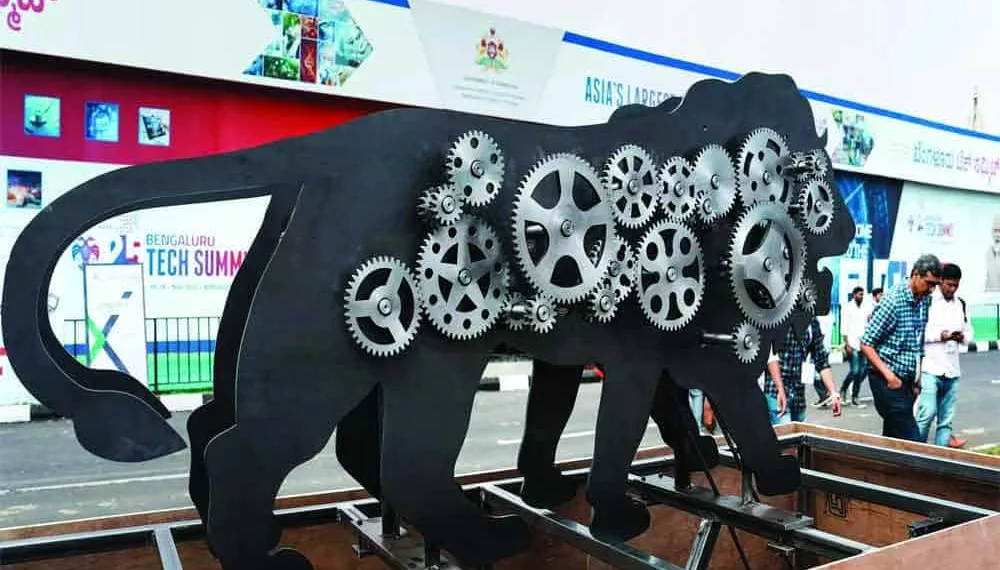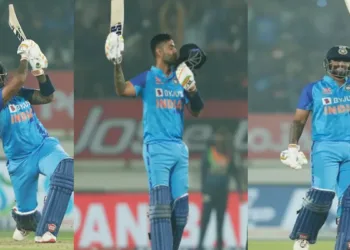Union Minister Ashwini Vaishnaw announced on Thursday that the Make-in-India initiative has substantially increased exports of manufacturing-based products, leading to significant employment growth in the country. The Railways, Communications, and Electronics & IT Minister highlighted the shift in export figures, with pharmaceuticals, mobile phones, and merchandise now surpassing the dominance of the services sector. Vaishnaw attributed this surge in manufactured goods exports to Prime Minister Narendra Modi‘s Make-In-India program.
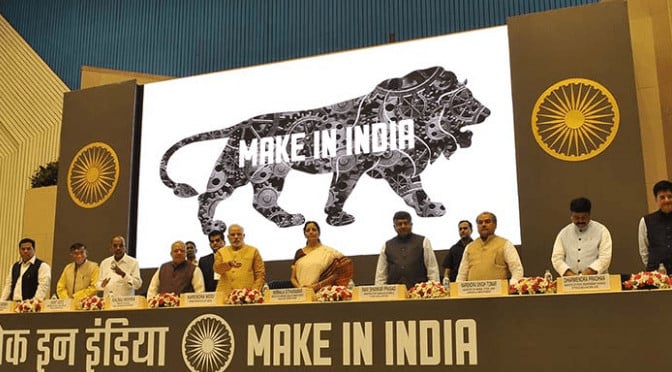
All About the Make-In-India Initiative
Citing 2022-23 export data, the minister noted that out of the total exports of USD 762 billion, USD 453 billion came from manufactured goods and USD 309 billion from services. This shift, he emphasized, signifies a crucial turning point in the country’s economy. Vaishnaw drew parallels with the growth trajectories of countries like Japan and South Korea, emphasizing the historical importance of focusing on manufacturing during economic development.
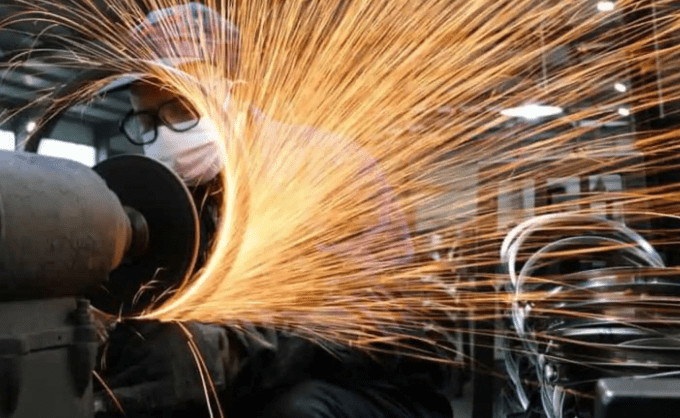
He acknowledged the success of Make in India, Design in India, Innovate in India, and other simplifications introduced after the Make-in-India initiative. According to Vaishnaw, the growth in manufacturing has significantly increased employment opportunities, evident in the data related to formal employment and provident fund registrations.
The minister highlighted the diversification of India’s export portfolio, noting that while petroleum remains the top export with USD 97 billion, pharmaceuticals have become the second-largest export product at USD 19 billion. Iron and steel, worth USD 13 billion in exports, rank third, and mobile phones have climbed to the fourth position with USD 11 billion in exports.
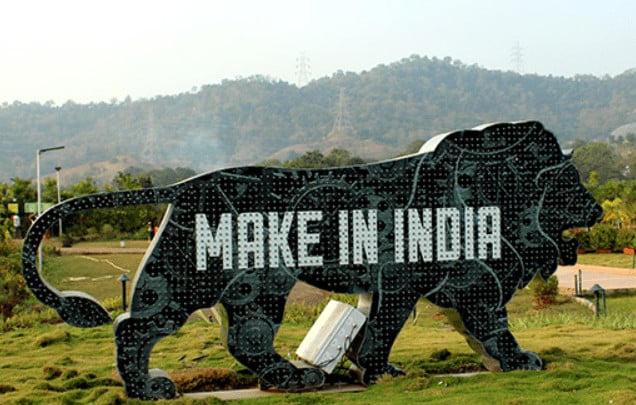
Vaishnaw predicted that, following the current trend, India is expected to export mobile phones worth USD 15 billion this year. He anticipates that in the next one or two years, exports of mobile phones, electronics, and telecom will likely become the top 2 or 3 products for the country. The minister also highlighted the significant changes in backward integration, noting that India is now manufacturing mobile phone batteries, with Tata already involved in producing mobile casings.

